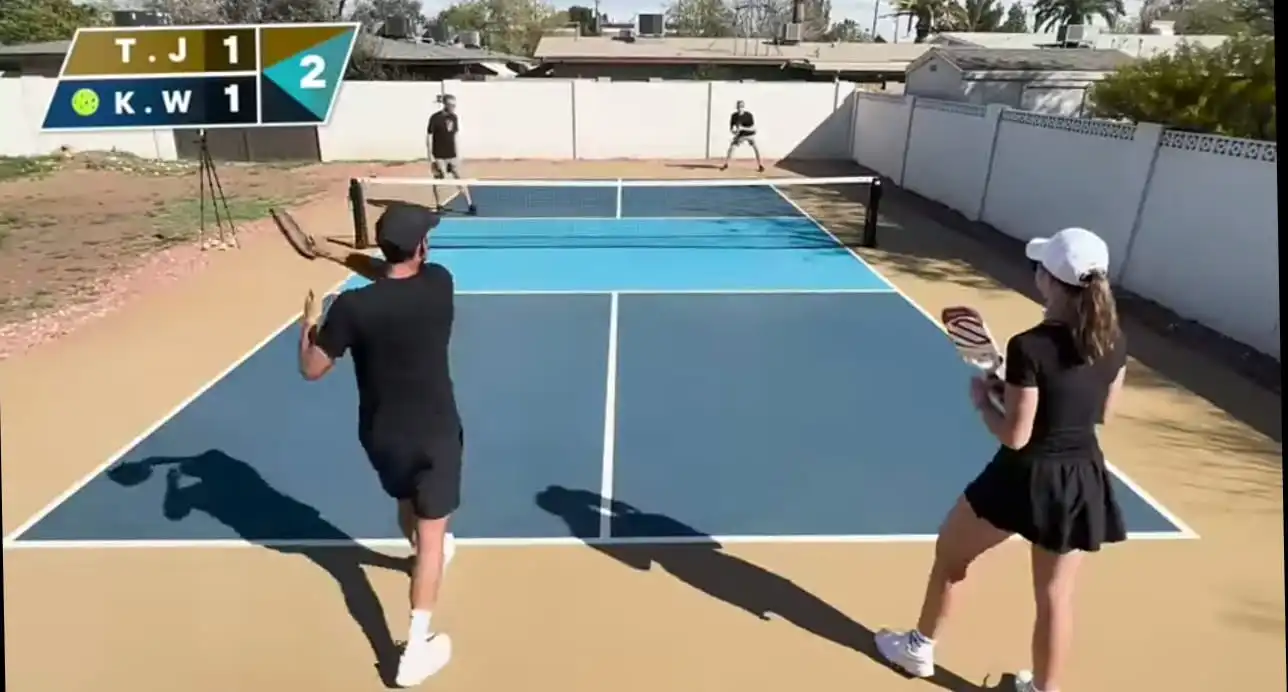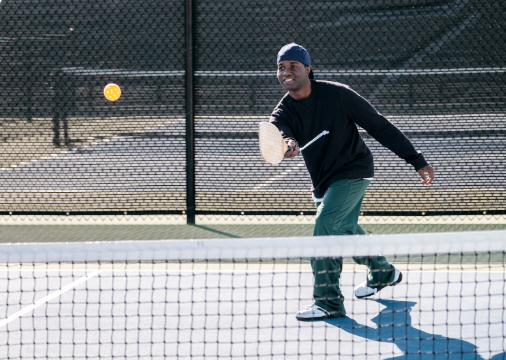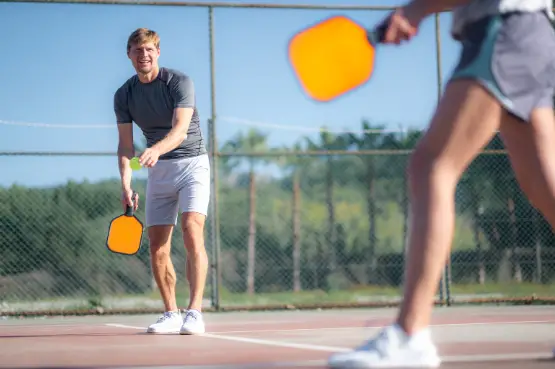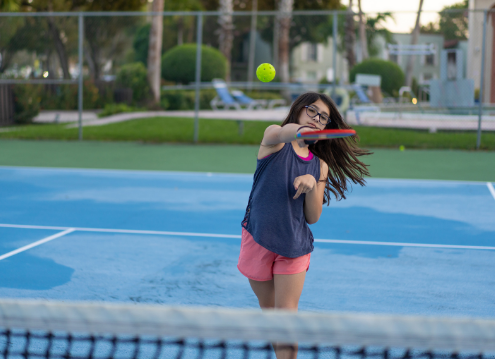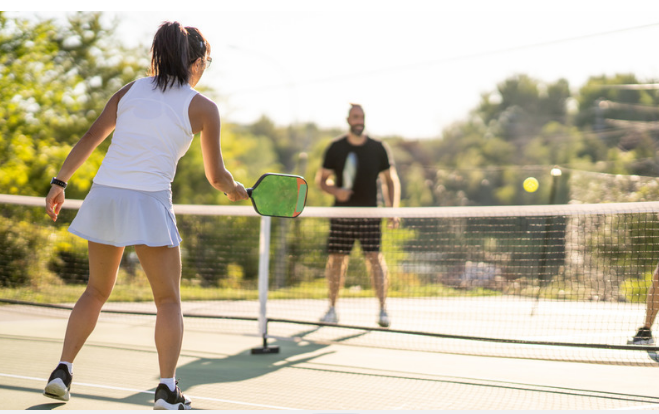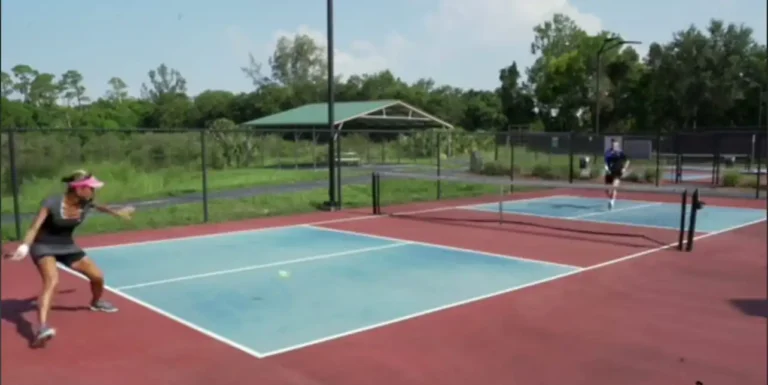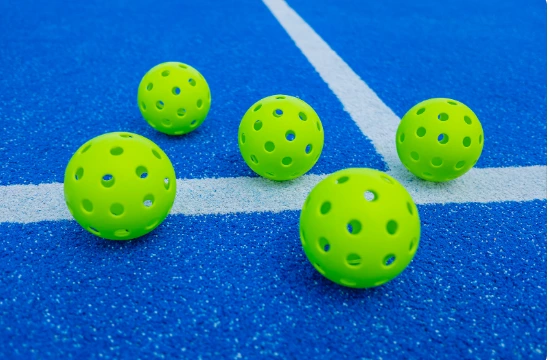Navigating the Evolution of USA Pickleball Rules: A Comprehensive Guide
Pickleball, a sport that ingeniously blends elements of tennis, badminton, and ping-pong, has been swiftly rising in popularity across the USA. This unique game, known for its accessibility and engaging play, has captivated participants of all ages, from enthusiastic youngsters to active seniors. Its growth is not just a trend but a testament to the sport’s inclusive and community-focused nature. With this surge in popularity comes an evolving landscape of rules and regulations, essential for maintaining the game’s integrity and competitive balance.
Staying abreast of these changes is crucial for players, coaches, and enthusiasts alike. Whether you’re a beginner aiming to learn the basics or a seasoned player keen on refining your strategy, understanding the latest USA Pickleball rules is imperative. Evolution of USA pickleball rules ,The sport’s governing bodies periodically review and update these rules to enhance fairness, safety, and enjoyment. These amendments can range from minor tweaks to significant overhauls, each impacting various aspects of the game.
Recognizing the need for a clear and comprehensive resource, this article aims to demystify the current rulebook. We delve deep into the latest revisions, offering insights into their implications for everyday play. This guide serves as a valuable tool for anyone looking to stay informed and ahead in the dynamic world of USA Pickleball, ensuring you’re not just keeping pace with the game’s evolution but also leveraging these changes to enhance your performance and enjoyment on the court.
Recent Changes in USA Pickleball Rules
In recent times, USA Pickleball has implemented key rule changes to refine gameplay and enhance competitiveness. One notable amendment is the adjustment in the serve rules. Players now have the option to execute a ‘drop serve,’ providing more flexibility in serving style. This contrasts with the traditional ‘underhand serve,’ where the ball must be struck below waist level. The drop serve has introduced a new dynamic to service strategy, offering players varied angles and speeds.
Another significant change is the modification of the ‘non-volley zone rule,’ commonly known as the ‘kitchen.’ Players are no longer penalized if their momentum carries them into the kitchen after a volley, provided they don’t touch the net or influence the play. This adjustment encourages more aggressive play at the net, contrasting with the previous rule that was more restrictive.
Additionally, the ‘double bounce rule’ has been refined. Previously, each side was required to let the ball bounce once before volleys were allowed. The updated rule specifies the ball must bounce on both the serve and the return, clarifying ambiguities and ensuring a fair start to each rally.
These changes reflect USA Pickleball’s commitment to evolving the game, balancing tradition with innovation. They impact strategies, requiring players to adapt their techniques and game plans. By understanding these rule modifications in the context of previous regulations, players can better navigate the competitive landscape of modern pickleball.
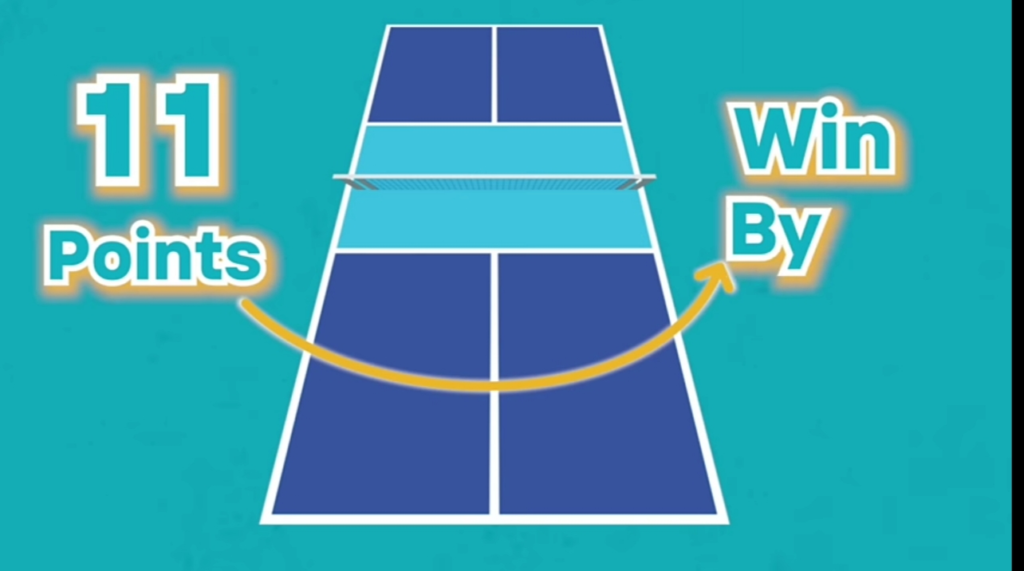
In-Depth Look at Key Rule Changes
The recent modifications in USA Pickleball rules, particularly in areas like serving, scoring, and fault rules, have stirred discussions among experts and enthusiasts alike, reshaping gameplay strategies.
Serve Changes: The introduction of the drop serve is a pivotal change. Unlike the traditional underhand serve, where the ball must be hit below the waist level in an upward arc, the drop serve allows players to drop the ball and hit it after one bounce. This rule opens up a plethora of serving styles and strategies, as observed by pickleball coaches. For instance, a player might use a forehand topspin or a slice serve, adding unpredictability and variety to their serves. This flexibility challenges receivers to adapt to different serve types.
Scoring System Adjustments: The scoring system remains a two-point win, but there’s been a subtle yet impactful change in tournament play — the introduction of a rally scoring system in some events. Unlike the traditional system where only the serving team can score, rally scoring allows points to be won by either side, leading to faster-paced games. Experts believe this makes games more intense and requires players to focus more on every rally.
Fault Rule Modifications: Clarifications in the fault rules, especially around the non-volley zone, have significant implications. For example, if a player’s momentum takes them into the kitchen after a volley, it’s only a fault if it affects the play. This rule change encourages more aggressive volleys close to the net, altering the approach to net play.
Practical scenarios illustrate these changes. Consider a serve scenario: A player uses a drop serve with a powerful topspin, a tactic rarely seen with the traditional serve. The receiver must quickly adjust to the unexpected spin and pace. In another scenario, during a close game at 10-10, a team can now clinch the game by winning the next point, regardless of who serves, underscoring the increased importance of every rally in a rally scoring format. These examples highlight how the new rules demand adaptability and strategic thinking from players.
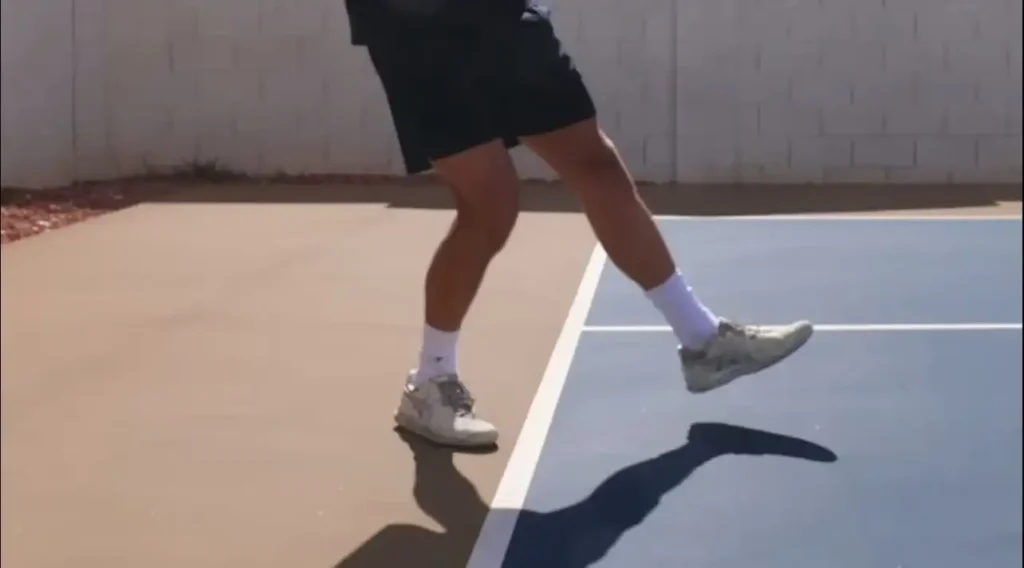
Strategies and Tips for Adapting to New Rules
Adapting to the new USA Pickleball rules requires strategic adjustments in play style, as well as dedicated practice. Here are some strategies and tips:
Adapting to Serve Changes: With the introduction of the drop serve, players should experiment with different serving techniques to find what works best for them. Professional coaches suggest incorporating serves with varying spins and speeds to exploit the flexibility this rule offers. To get comfortable with these new serves, players should practice drills focusing on serving consistency and accuracy using both traditional and drop serves.
Adjusting to Rally Scoring: The shift to rally scoring in some tournaments means every rally counts. Coaches advise players to adopt a more conservative and strategic approach, prioritizing shot placement and consistency over power. Drills should focus on sustained rallies, emphasizing controlled aggression and decision-making under pressure.
Navigating Non-Volley Zone Changes: With the updated kitchen rules, players can be more aggressive in their volleys. Training should include drills that focus on quick movements and balance, allowing players to volley close to the kitchen line without faulting. Experts recommend practicing recovery steps after aggressive volleys to avoid kitchen faults.
Overall Strategy: Adaptability is key. Players are encouraged to participate in practice matches where they can apply these new rules in game-like scenarios. This helps in understanding the practical implications of the rules and adjusting strategies accordingly. Engaging in regular discussions with coaches and fellow players about rule interpretations and tactics can also provide valuable insights.
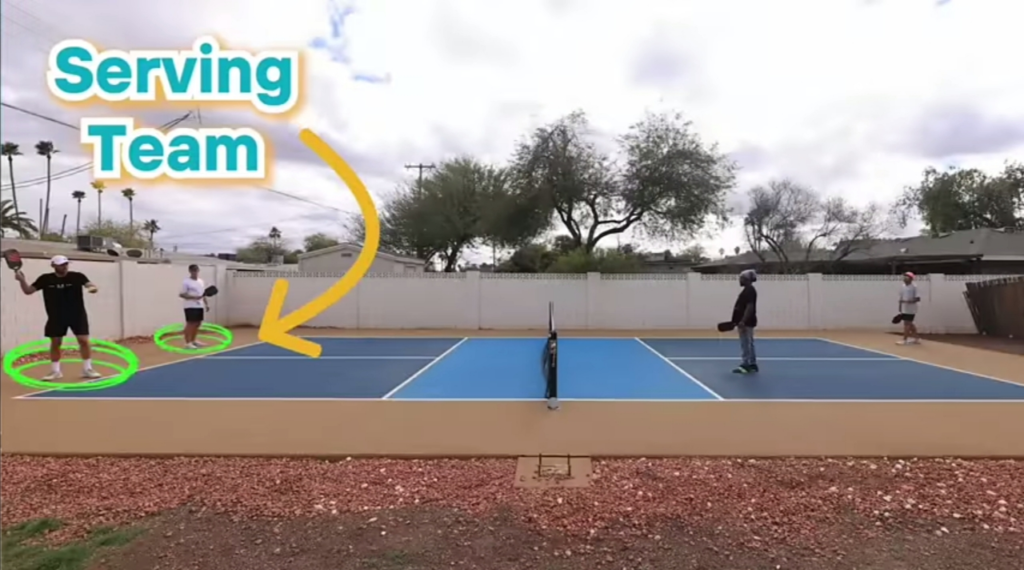
The Impact of Rule Changes on Competitive Play
Influence on Tournaments: At the amateur level, the new serve and non-volley zone rules encourage a more diverse range of playing styles, leveling the playing field. In professional circuits, these changes have intensified the game, with players exploiting the drop serve for strategic advantages and engaging in more aggressive net play due to the relaxed kitchen rules. Tournament organizers note increased excitement and unpredictability in matches, making the game more spectator-friendly.
Insights from Top Players and Organizers: Many top players have adapted quickly, integrating new serving techniques and volley strategies into their repertoire. Organizers observe that matches have become faster-paced, especially with the introduction of rally scoring in some events. This not only challenges the players’ physical and mental endurance but also shortens match durations, allowing tournaments to run more efficiently.
Predictions for Future Trends: Experts predict that these rule changes will continue to evolve the sport. There’s anticipation of players developing more specialized skills, particularly in serving and net play. Additionally, the popularity of rally scoring in professional tournaments may influence its wider adoption in the future, potentially making pickleball more dynamic and accessible to a broader audience.
These rule changes signify a pivotal moment in pickleball’s evolution, highlighting its growth and maturity as a competitive sport.
Staying Informed and Up-to-Date
Resources for Rule Updates: The official USA Pickleball website is the primary source for the most recent rule changes. It offers comprehensive information, including detailed rulebooks and updates. Additionally, subscribing to pickleball newsletters and magazines can provide timely updates and expert analyses of rule changes.
Engagement with the Pickleball Community: Regular involvement in the pickleball community is invaluable. Participating in local clubs and attending pickleball events not only fosters a deeper understanding of the game but also allows players to share experiences and learn from others. Engaging in discussions with fellow players and coaches can provide practical insights into how rule changes are interpreted and applied in different scenarios.
Online Forums and Websites: Online platforms are treasure troves of information. Websites like Pickleball Central and Pickleball Forum host vibrant communities where players discuss rules, strategies, and share experiences. Social media groups and YouTube channels dedicated to pickleball also offer a mix of instructional content, rule discussions, and match analyses.
Official Organizations: Besides USA Pickleball, other regional and international pickleball organizations often provide valuable resources and updates relevant to their circuits. Staying connected with these organizations can offer a broader perspective on the sport’s development globally.
Conclusion
Concluding our exploration of the latest pickleball rules, it’s clear that staying informed is crucial for anyone passionate about the sport, similar to how Minecraft players keep up with updates in the ever-evolving Minecraft APK. Just as Minecraft APK enthusiasts eagerly anticipate new features and adapt their gameplay strategies accordingly, pickleball players must embrace the evolving nature of their sport. Keeping abreast of rule changes in pickleball is akin to understanding the latest Minecraft update – it enhances the overall experience and can be pivotal in optimizing performance.
In pickleball, the recent modifications in serving, scoring, and fault rules are not just updates; they represent an evolution of the sport. These changes encourage players to develop new skills and strategies, much like how Minecraft players innovate with new tools and environments with each update. The dynamic nature of both realms – the virtual world of Minecraft and the physical courts of pickleball – challenges enthusiasts to continuously learn and adapt.
Finally, in the same way that Minecraft APK’s updates aim to enhance user experience and engagement, the modifications in pickleball rules are designed to increase the game’s enjoyment and competitiveness. For both pickleball players and Minecraft gamers, staying informed and adaptable is key to not just keeping up with the changes but thriving in them. Whether on the court or in a virtual world, the joy and satisfaction derived from mastering new challenges are what keep the passion for the game alive.

